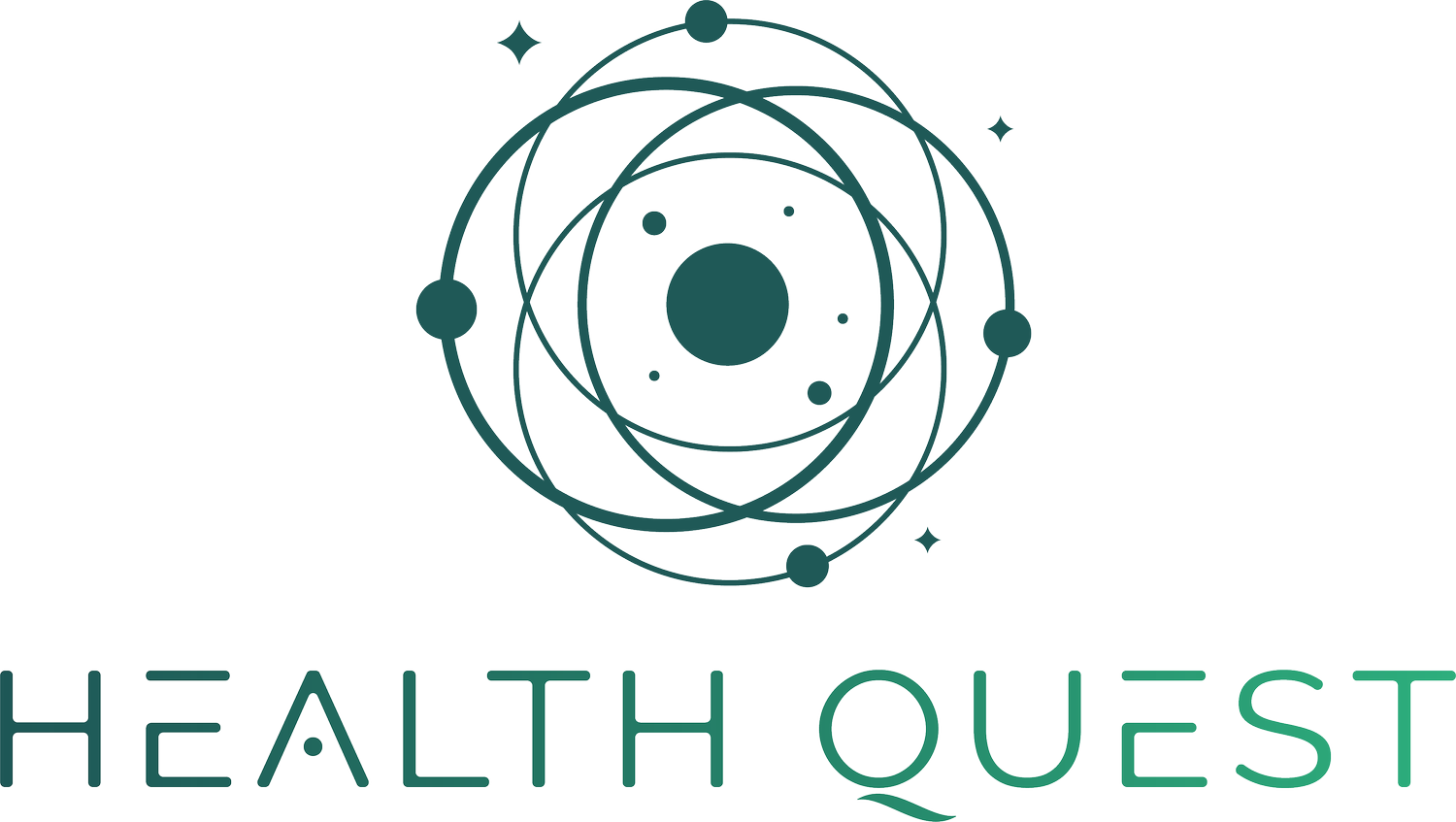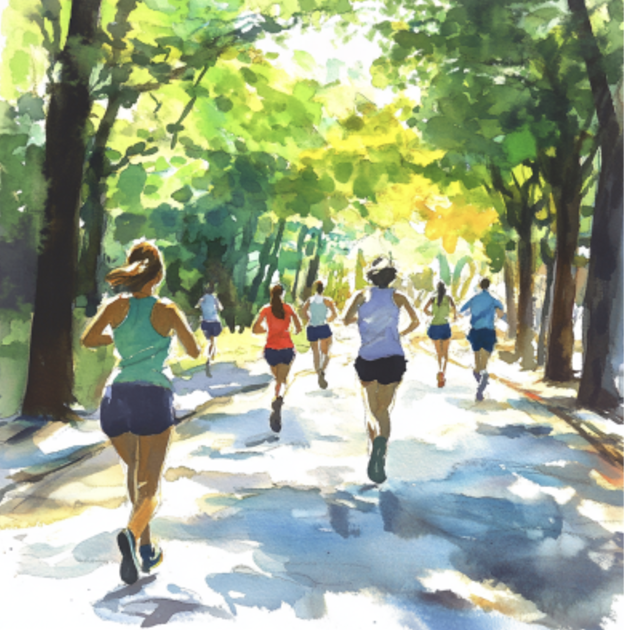Movement for Mental Health: The Healing Power of Physical Activity
Movement is vital for both physical and mental health learn more here!
The concept of “movement is medicine” has become a cornerstone in health and wellness discussions. Physical activity is not only beneficial for our bodies, but also for our emotional wellbeing. While it can be easy to overlook physical activity as a priority in our daily lives, it’s important to remember that movement is an essential tool for maintaining a healthy life.
We often think of physical activity’s benefits on our bodies such as increased strength, mobility, balance, and endurance. As well as improved circulation and heart health. Regular physical activity has been shown to help prevent osteoporosis, cancer, diabetes, and more. Let’s take a look at some of the science around the mental and emotional benefits of moving.
Stress Reduction: When we move, we lower the level of cortisol (the stress hormone) in our bodies which naturally reduces our stress level and allows our nervous system to relax.
Better Sleep: The reduction of cortisol also contributes to us being able to get better quality of sleep. When we are well rested, we are more productive, more emotionally resilient, and have a more positive mood.
Improved Mood: Exercise increases the release of endorphins (the feel good hormone), sometimes this is described as a “runner’s high” which people feel after intense physical activity. Even less vigorous exercise can increase endorphins and improve your mood by reducing symptoms of anxiety and depression.
Improved Cognitive Function: When we exercise, we increase a molecule called brain-derived neurotrophic factor. BDNF helps us with memory, learning and cognitive tasks.
Improved Overall Wellbeing: Physical activity can also help us increase our mindfulness by connecting us to our bodies, especially with gentler exercises like yoga, walking, or tai chi. We can also increase our confidence as we get stronger and more sure of ourselves when we exercise. If we use exercise in a social context, such as team sports, classes at a gym, or even walking with a friend, we increase our social connectedness and sense of belonging.
Getting started with physical activity can feel daunting, but it doesn’t have to be. There are many ways to exercise, and what’s important is finding what it is that you like to do. Incorporating movement into your life doesn’t mean that you have to sign up for a gym or do intense workouts. You might enjoy hiking outdoors, swimming, walking, dancing, or riding a bike. It’s important to have variety in your movement as well as cardio, strength, and flexibility training all confer their own benefits. Remember to start by setting goals that are small and achievable at first, and then work to build on your progress. You shouldn’t push yourself too hard, especially at the beginning of a new activity. So get moving! Your mind and body will thank you, you are worth it.


